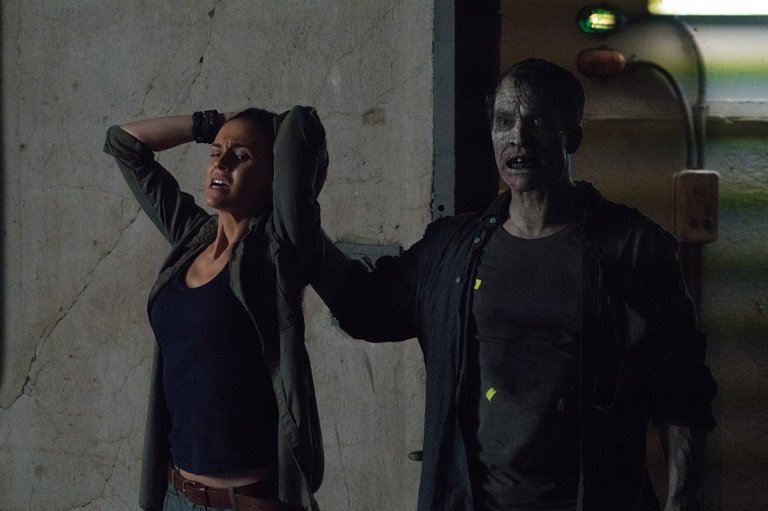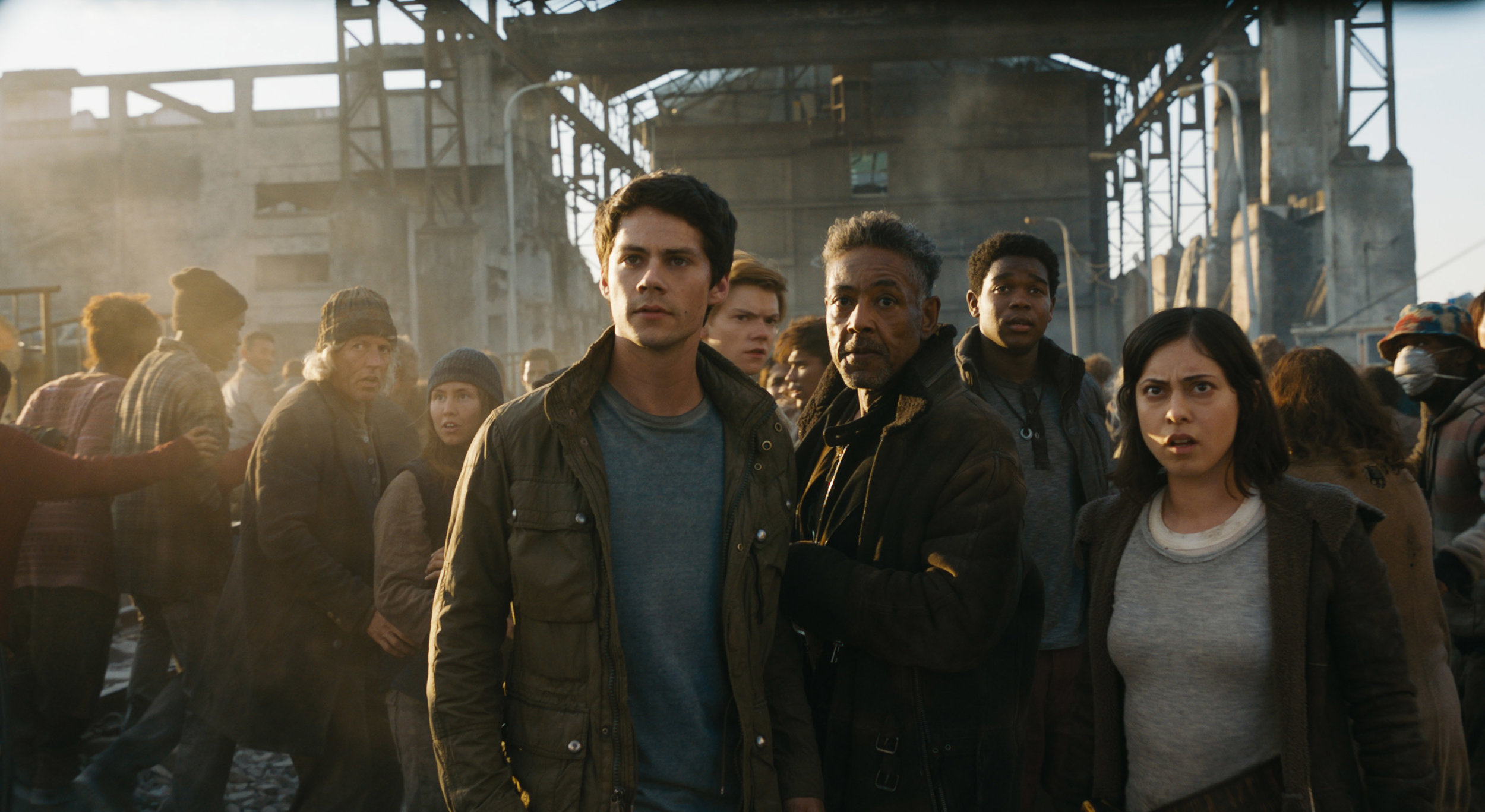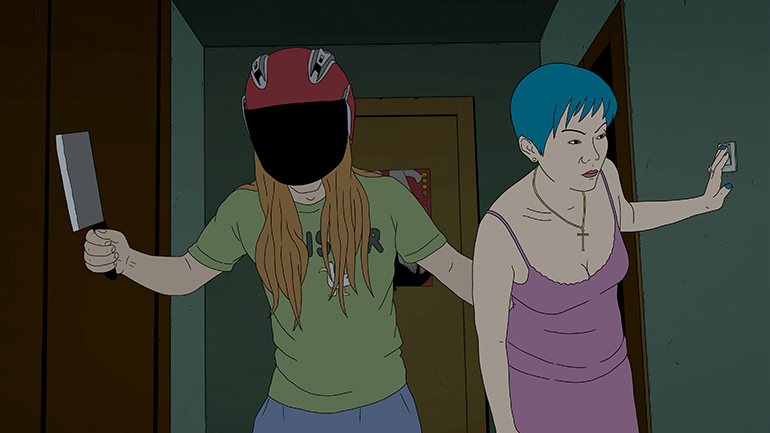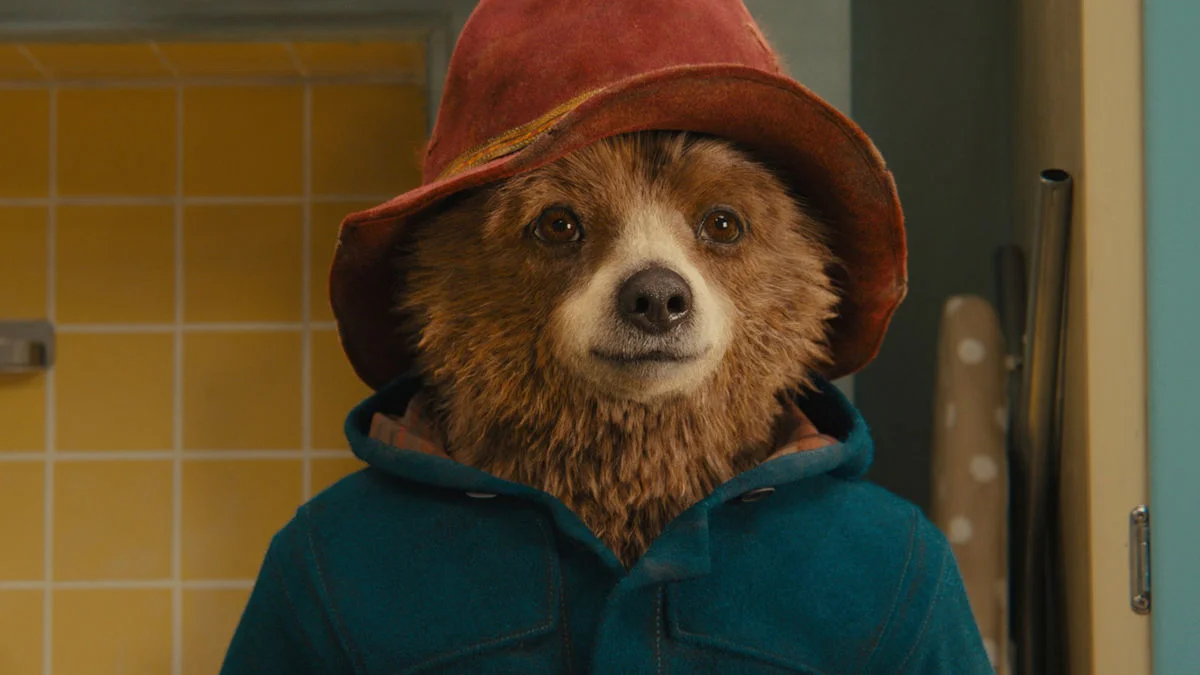File Under 2018 #14: Annihilation
/Though I expect the box office returns to be lackluster and that it will be rather divisive among general audiences, Annihilation was strong among the most anticipated for serious film fans, myself included. At least for me, the major reason was writer-director Alex Garland, whose previous film [his directorial debut] Ex Machina was one of my favorites of 2014. That film's stripped down look and advanced science fiction concepts created something I'd never quite seen before. He also showed he wasn't just a writer directing a film with a keen eye for production design and the ability to get fantastic performances from the entire cast.
For his follow-up, Annihilation is based on a popular sci-fi book that many have deemed to be unfilmable. While I haven't read Jeff VanderMeer's novel, Garland and the cast [which includes Natalie Portman, Jennifer Jason Leigh, Gina Rodriguez, and Tessa Thompson] was enough for me to buy in blind. I tried to avoid the trailers and tune out the rumors of a troubled production and casting controversies.
As I exited the theater I had no idea how to approach a review. 24 hours later, as I'm writing this, I'm not in a better position.
Positively, Annihilation definitely has a strong sense of mood and direction -- that is exactly what I look for most in a genre film. This is a messier film than Ex Machina [which is basically hermetically sealed], but it is also much more ambitious. Though they are both intellectual sci-fi, Annihilation is visually very different and these visuals are often incredibly striking. Ex Machina is a beautiful film, as well, but the sterile, all-white interior look doesn't compare to Annihilation's colorful and bizarre world.
As I said, though, this is a messy film. Much of that comes from the construction and rules of its world. As I watched Annihilation, the maligned The Cloverfield Paradox did come to mind [and I've since seen other critics name check this reference, as well]. Ultimately, Annihilation does a better job explaining the rules of the increasingly insane things we see [though don't ask me to try and repeat the validity of its science] and it is also much more reserved in how it displays the unworldly events that happen. There is a progression from the start of the film to the end, whereas The Cloverfield Paradox's approach seemed to be to throw as much random stuff at the viewer as possible. I wouldn't blame someone who had the same negative reaction to Annihilation, but for me this had much more control and showcases better writing and direction in every conceivable way.
Ultimately, Annihilation is a film I'm curious to revisit. I'm not sure I'll be able to understand more of what unfolds. It is simply a world that I enjoyed walking through. It is surprising, gloriously beautiful, and intellectually and emotionally resonant in equal measure.
What it's about: Lena is a cellular biologist who joins a mission to explore a mysterious phenomenon known as "The Shimmer." Years prior, something crashed into a rural lighthouse and began to grow around it, now encompassing an increasingly large space. Previous missions have entered never to be seen or heard from again -- scientists studying the Shimmer hypothesize that either something inside had killed them or they were driven insane and killed each other. During Lena's investigation, secrets from her life and the mysterious, unpredictable effects of the environment threaten to break her crew, turning them against each other and picking them off one-by-one.
Unorganized thoughts:
Just in case, assume slight spoilers ahead. If you don't want to know anything about the film, see it first. I won't talk about the ending in particular, but I'll say it is the most challenging part of the film and I'm torn on it.
Telling this story almost exclusively with women makes for interesting differences in the storytelling. We've seen this kind of expedition film many times before and it is almost always exclusively masculine -- with women only around as a token victim or damsel for the macho men to protect. Here, the group's approach comes from the cognitive more than from a place of force. They aren't there to shoot up everything they see even though they know there are dangers [they are equipped to, if necessary]. This is far from Arnold Schwarzenegger and Carl Weathers trudging through the jungle blowing through unconscionable amounts of ammo.
The way the film addresses the all-female group is smart, too. It isn't really about them all being women and, in fact, there isn't anything particularly feminine about Annihilation. At one point when one character points out that the party is all women she is immediately corrected that the party is "all scientist."
This narrative approach leads to a steady, contemplative tone. When there are brief moments of action they aren't presented in the typical action blockbuster sort of way.
The world inside the Shimmer has been rapidly modified. I love its design. There is an ultimate presence of decay but also new life growing everywhere. The lack of people is made incredibly eerie by small touches of the previous world -- empty buildings now over-grown, rusted playground equipment, things left behind.
The rules of the world are fascinating. Their effects are diverse and surprising, sometimes horrific, sometimes beautiful. For some, though, this is where the film will lose people.
I'm not someone who really appreciates or even really notices movie music, but boy did Geoff Barrow and Ben Salisbury's score really knock me out. Especially in the climax, the music completely wraps the film with a complex and dynamic exclamation point.

















